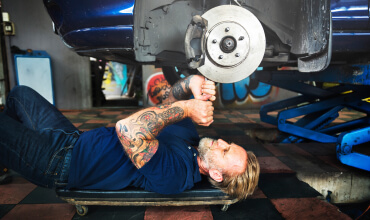
A gearbox pulley is a critical component in automobile engines that forms the foundation of power transmission. Found typically within gearboxes, pulleys adjust engine revolutions to control the vehicle’s speed and torque. They play a significant role in determining how effectively the engine’s power is utilized to drive the vehicle. Here’s a detailed look at their structure, functions, and working principles:
What is a Pulley?
A pulley is a component made up of gears that facilitates power transmission within motor systems. Located usually within a gearbox, it aligns the rotational movement from the engine to match the wheel’s revolutions, thereby enabling the vehicle to move. Pulleys come in various gear numbers and diameters, which can significantly impact vehicle performance.
How Do Pulleys Work?
Pulleys manage the vehicle’s speed and torque by adjusting the engine’s rotational movement to match the wheel’s revolutions. For example, a lower gear pulley produces higher torque, while a higher gear pulley allows for higher speeds. Pulleys are generally changed with the help of a gear lever, allowing the driver to select the appropriate pulley based on the vehicle’s needs.
Proper functioning of the pulleys directly affects vehicle performance and driving comfort. Incorrect pulley selection can lead to engine overload or decreased performance. Therefore, choosing the right pulley is crucial for the vehicle’s safety and performance.


In summary, pulleys are essential components in automobile engines that form the basis of power transmission and control the vehicle’s speed and torque. While the correct pulley choice can enhance vehicle performance, incorrect selection may lead to negative outcomes. Understanding the structure, functions, and working principles of pulleys is vital for vehicle owners to ensure optimal performance and safety.